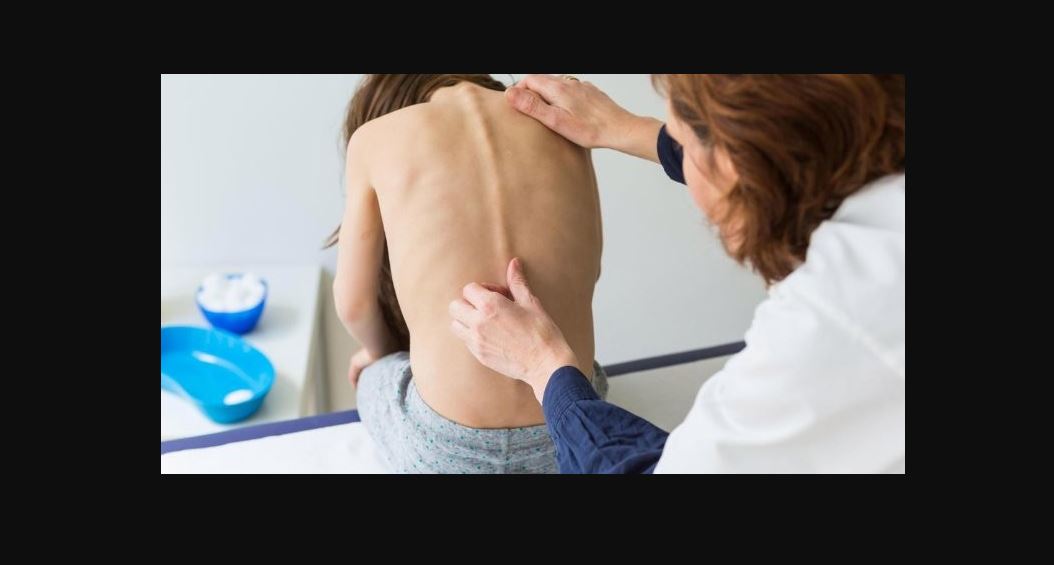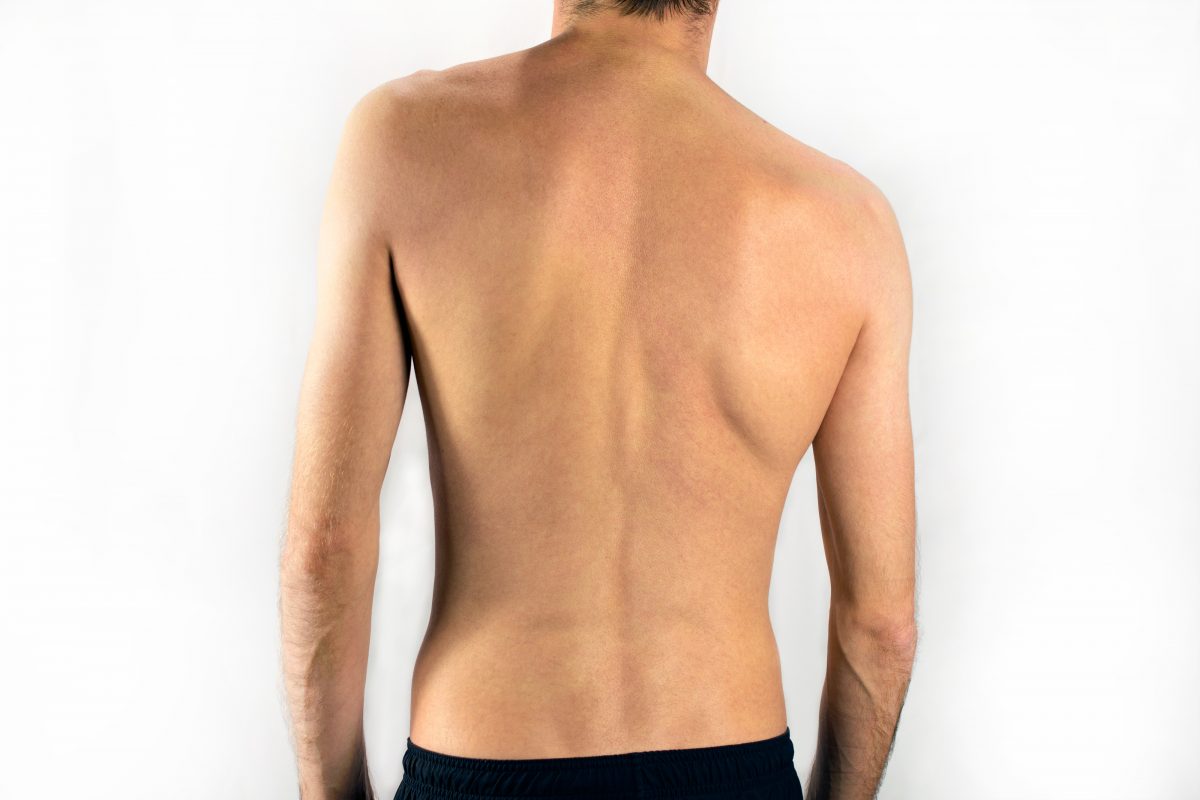Scoliosis Treatment Options - Exploring Various Intervention
Scoliosis treatment options vary depending on the severity of the condition. Most cases of scoliosis are mild, don’t cause symptoms and don’t need treatment.
Author:James PierceReviewer:Karan EmeryFeb 21, 2024431 Shares39.1K Views

Scoliosis is an abnormal side-to-side curvature of your spine. Your spine (backbone) naturally has a slight forward and backward curve. With scoliosis, your spine curves to the left and right into a C or S shape.
Scoliosis treatment optionsvary depending on the severity of the condition. Most cases of scoliosis are mild, don’t cause symptoms and don’t need treatment. Severe cases can cause uneven posture and pain. Treatment options may include wearing a brace or surgery.
Observation
Observation is a non-invasive way to treat scoliosis that is usually used when the curve in the spine is mild and not getting worse quickly. With this plan, the spine is checked for changes in curve over time by getting physical exams and X-rays on a regular basis.
For teens who are still growing and have mild curves, it is usually best to watch them because their curves may even get better as they continue to grow. By keeping a close eye on the condition, doctors can switch to a different treatment plan if the curve starts to get worse. This way, everyone gets the right care, and no one has to go through extra steps if their curve is fixed or getting better.
Bracing
Teenagers with mild scoliosis curvature often use bracing as a conservative treatment to stop the curve from getting worse as they grow. Custom-made braces are made to fit each person's body perfectly, and most people wear them for several hours every day. The main purpose of bracing is to put corrected pressure on the spine, which straightens it and keeps the curve from getting worse.
When a person is growing, when their spine is most likely to curve forward, bracing works especially well. Even though bracing can be painful and may need to be adjusted, it is an important part of treating scoliosis and lowering the risk of needing more invasive treatments like surgery. Healthcare professionals must keep a close eye on the patient to make sure that the brace fits correctly and controls the curve over time.
Physical Therapy
Physical therapy is an important part of treating scoliosis because it helps with posture, spinal alignment, and the general function of the muscles and bones. Using focused exercises, stretches, and hands-on methods, physical therapists work to make the muscles around the spine stronger, more flexible, and less painful for people with scoliosis.
The customized exercise plan helps fix muscle strength imbalances and boosts core stability, which can lead to better spinal alignment and slower development of spinal curves. People with scoliosis can also take an active role in their own care through physical therapy.
This leads to better long-term results and a higher quality of life. Physical therapists, patients, and other health care professionals work together closely to make sure that scoliosis is managed in a complete way and that patients can move around freely.
Spinal Fusion Surgery
Spinal fusion surgery is a big surgery that is often suggested for people with severe scoliosis, especially if the curve is getting worse and causing a lot of pain or deformity. The spine is straightened as much as possible during this surgery, and then bone grafts and metal rods, screws, or hooks are used to join the vertebrae together and keep the spine stable.
The main goal of spinal fusion surgery is to stop the curve from getting worse, straighten out the spine, and ease pain and soreness. Although spinal fusion is a very effective way to treat severe scoliosis, it is also a complicated process with possible risks and a long recovery time. People who have spinal fusion surgery need close post-operative care and rehabilitation to make sure they have the best results and long-term spinal stability.
Growth-Friendly Surgeries
When a kid with scoliosis is still growing, they may need a special kind of surgery called "growth-friendly surgery." This includes using growing rods or VEPTR devices. The goal of these treatments is to stop the curvature of the spine from getting worse while still letting the spine grow.
Usually, growing rods are connected to the spine and are moved around to allow for growth. VEPTR devices, on the other hand, are implanted to support the spine and help it develop properly.
Growth-friendly surgeries can help straighten out the spine and stop serious deformities by controlling how the curves get worse and guiding spinal growth. As the child grows, these devices need to be closely watched and adjusted to make sure they work well and help the child's spine health in the long run.
Minimally Invasive Procedures
When it comes to treating scoliosis, minimally invasive procedures are an alternative to standard open surgery. They try to get the same results with smaller cuts, less tissue damage, and faster recovery times. Advanced surgical techniques and specialized tools are used in these procedures to get to the spine with as little damage as possible to the tissues around it.
Minimally invasive treatments are better than traditional surgery because they use smaller cuts, reduce blood loss, and ease pain after surgery. These benefits include shorter hospital stays and faster return to normal activities.
Although minimally invasive procedures aren't right for all cases of scoliosis, they can be a good choice for some patients who want to keep their daily lives as normal as possible while still getting effective correction of spine curvature. It is very important for patients and their healthcare team to work together closely to find the best treatment plan for each person's wants and preferences.
Scoliosis Treatment Options - FAQ
What Is The Successful Treatment Of Scoliosis?
Ciclosporin is a medicine that suppresses your immune system (immunosuppressant). It was originally used to prevent transplant rejection but has proved effective in treating all types of psoriasis. It's usually taken daily.
What Is The Newest Treatment For Scoliosis?
The ApiFix procedure allows the patient to keep most1 of their spine flexibility while improving the curve. The surgery to put it in is much less complex than the usual surgery to treat a spinal curve. The time in the hospital and recovery period at home are shorter.
What Makes Scoliosis Worse?
Scoliosis that is left untreated can get worse over time. Gravity, everyday activities, and normal growth spurts can all contribute. Certain stretches that extend or twist your spine, including those you might do in gymnastics, could worsen the progression of your scoliosis.
Conclusion
When we talk about scoliosis treatment options, we mean a lot of different things that can be done. People with scoliosis can work with their doctors to find the best way to treat their condition by looking at these different choices.
There is hope for controlling and getting better from the condition, whether it's through braces, exercise, surgery, or something else. To get the best results, it's important to keep the lines of communication open with medical professionals and up to date on the newest developments in scoliosis care.

James Pierce
Author

Karan Emery
Reviewer
Latest Articles
Popular Articles
